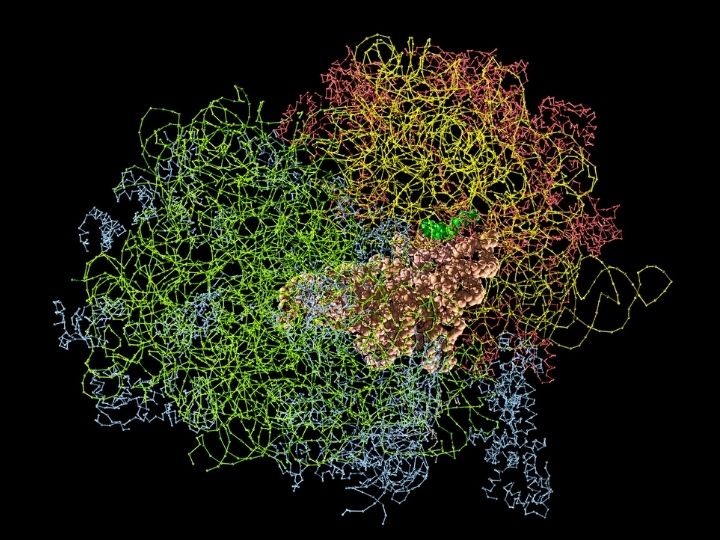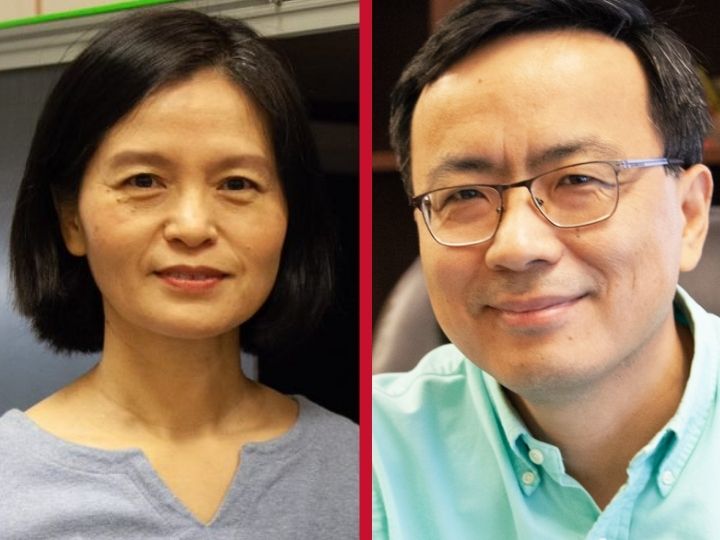UHの研究者が120万ドルの助成金を獲得し、リボソームを覗き込む
UH Researchers Receive $1.2 Million Grant to Peer into Ribosomes
2022-03-08 ヒューストン大学(UH)
Two University of Houston researchers are developing a type of spectroscopy to help understand how ribosomes make proteins deep within cells, the discovery of which could potentially guide drug design to treat cancers and viral infections. Spectroscopy measures the interaction between light and matter to determine characteristics and volume of cellular matter.

In cellular biology, ribosomes are work horses, veritable factories inside cells, whose job is to make proteins. The instructions that tell the ribosome how to work come from messenger RNA, which contains codes on making proteins, actually called codons. One mistake in defining an upstream codon will be propagated to the rest of the messenger like the domino effect, which spells disaster to the cell.
During protein assembly, the ribosome must be precise in moving from one codon to the next, a process known as translocation. On the other hand, many viruses contain genomic sequences that are designed to slip on certain codons to re-define the protein composition after that codon, in a process called frameshifting.
“We are developing a multiplexed super-resolution force spectroscopy to investigate high-fidelity and frameshifting translocations,” said Yuhong Wang, professor of biology and biochemistry. Wang and Shoujun Xu, professor of chemistry, received a $1.2 million grant from the National Institute of General Medical Sciences to support their research.
“We will measure the power strokes from elongation factors (EF-G) and their mutants, which are the enzymes to interact with ribosome during translocation, on normal and viral mRNA sequences and in the presence of antibiotics,” said Xu. “Our research will provide new methodology that can be applied to other biological systems.”
Scientifically, the team is building a new model of ribosome translocation with sub-codon steps and providing potential drug targets for related diseases.
“For example, by tuning down and up the EF-G’s activity in cancer cells and low-functioning neuron cells, the diseases can be treated, anti-viral drugs can be designed that only target the specific viral frameshifting motifs,” said Wang.

Yuhong Wang, professor of biology and biochemistry and Shoujun Xu, professor of chemistry, are developing a new imaging technique with super-resolution to peer into ribosomes.


